Celebrate Fall: A Walk in the Autumn Woods

Waiting for the fall

It is that time of year again, when the summer's bounty ripens and fades. The forests burst into color across the hills and valleys. Fat orange pumpkins ripen on the vine, and the honking of Canadian geese echoes over dry and brittle corn fields ready for harvest.
This is autumn, or in North America, the fall a remnant term from Middle English brought over by early European settlers in referring to the "fall of the year." Around mid-September through October in the Northern Hemisphere, and March through April in the Southern Hemisphere, the Earth's axis begins to tilt obliquely away from the sun in its annual rotation to herald this new season.
In response, trees begin dropping their leaves, birds migrate south, and animals begin putting on fat for the approach of winter.
Going to seed
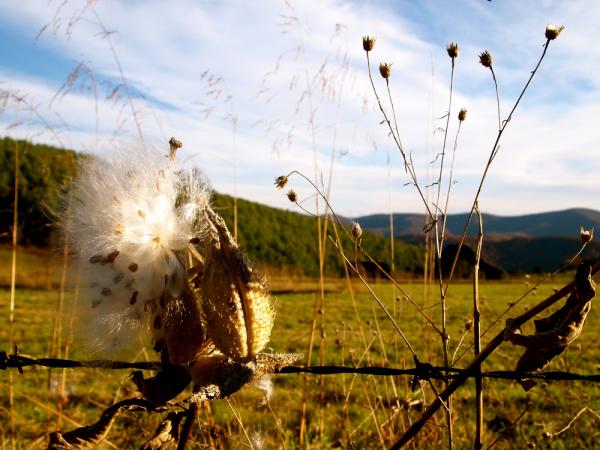
Having photosynthesized the sun's energy all summer to grow, plants are cued to go to seed with the fall's seasonal changes.
By fall, plants like this milkweed are cued to burst open their bulbous pods and disperse downy seeds on the winds of November. The milkweed times its life cycle instep with autumn changes, and the monarch butterfly times its migrational patterns to that of the milkweed the sole source of food for its larvae.
Only monarchs have learned to feed on these noxious plants and in the process take on poisonous cardiac glycoside chemicals within milkweeds making the larva and butterflies poisonous and distasteful to birds and mammals. The monarchs' ingenious chemical defense and unique relationship to this plant are overshadowed only by their epic migrations across North America this time of year: a multigenerational journey spanning the mountains of central Mexico to the boreal forests of Canada.
The cue to migrate
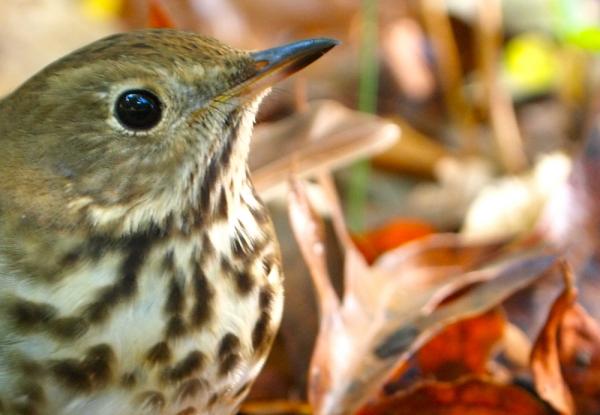
Many a person has looked up to see V-shaped flocks of Canada geese migrating south for the winter come October, but not just geese and shorebirds migrate in the fall. Many species, including those that may be common residents around our homes and woodlands in the spring, migrate to warm southern latitudes as the days get shorter.
Get the world’s most fascinating discoveries delivered straight to your inbox.
Migration allows those willing to travel to take advantage of seasonal abundance that gives them year-round food supplies and rich nesting grounds. But how do they navigate such long distances? That question is still not well understand but it seems the cue to migrate is deeply imprinted in migrants by a sort of mysterious internal compass and learned by other birds flocking together. Sometimes their compasses can be off target, resulting in birds becoming lost or overshooting their destinations putting them in unexpected places. [Quest for Survival: Incredible Animal Migrations ]
Over the course of its lifetime this tiny wood-thrush, a common temperate visitor, may have logged thousands of miles of migratory travel. Reveling in the summer's bounty only to flee to the warm tropics to overwinter, these birds have the right idea.
Changing colors
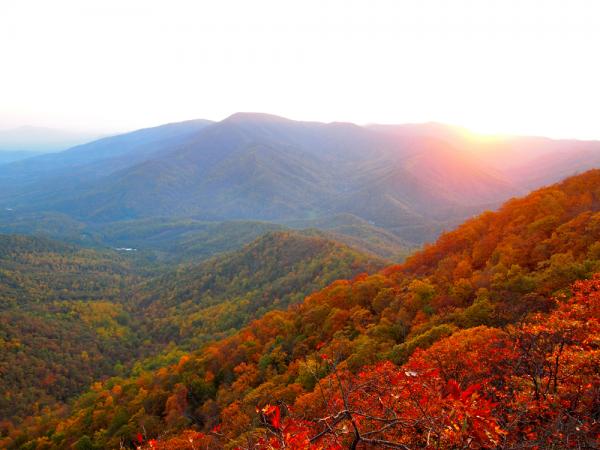
Plants use sunlight and chlorophyll to make food in the form of glucose, but when fall comes they take their signal to shut down and conserve energy. As summer ends and fall arrives, days get shorter and trees begin to shut down their solar generators, their leaves.
This seasonal cue triggers trees to begin shutting off chlorophyll to their leaves, and with it their green color. As their green fades, vivid yellows and oranges appear that were there all along but hidden by the green chlorophyll in the leaves.
The bright crimsons and purples we see in some trees come from the chemical reaction of glucose. The sunny days and cool nights "activate" this glucose still trapped in the leaves of trees turning them red, as in maples. Meanwhile the rich browns of oaks are a result of waste left over in the leaves. These myriad combinations are like a painter's palette dappling the forests in beautiful colors every autumn.
Getting naked
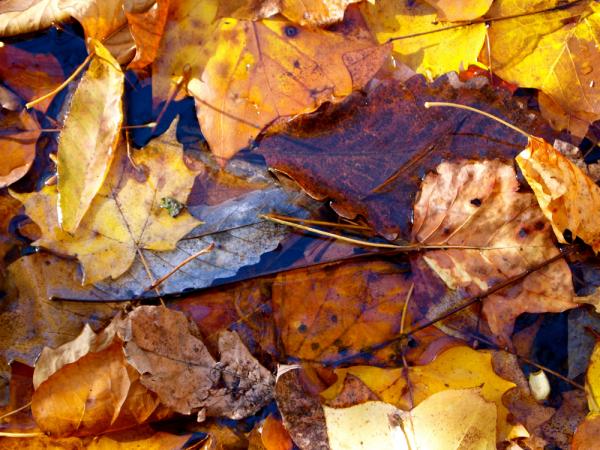
By late autumn the bright colors of the forests lie scattered across the understory like discarded clothes. Without their shaggy coverings, the trees now look naked and exposed.
For us, the approach of winter means putting on layers to stay warm and conserve energy, but for trees it means shedding their leaves to conserve energy through the long winter. No longer able to take advantage of the abundant sunlight and long days of summer, trees drop their photosynthesis "factories" and become dormant.
As the trees lie dormant waiting for the spring, their fallen leaves are already being broken down and recycled on the forest floor. These discarded leaves play a vital function as food and shelter for myriad forms of arthropods and small creatures over the winter and are an important source of nutrients cycled back to the forest every spring.
Cold-blooded
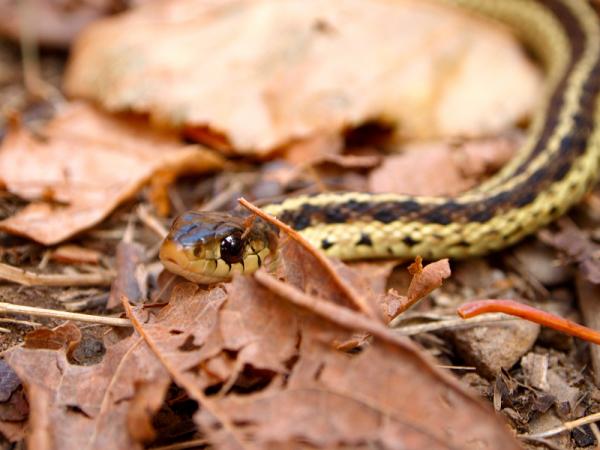
For warm-blooded creatures like mammals, autumn is a time to prepare for the winter by storing up food or fat. For cold-blooded creatures like snakes and turtles, the weak light and cool temperatures of approaching winter are their cue to hibernate.
Dependent in large part on their environment for warmth, reptiles and amphibians become scarce during autumn, though some remain longer than others. The snake above is one of the most hardy and cold-tolerant of reptiles, the garter snake (Thamnophis spp.) Garter snakes are often one of the last snakes to retreat in the fall and one of the earliest out of hibernation in the spring.
Often returning to the same den year after year, most snakes hibernate in rocky dens below the frost line for the winter. To stay warm they congregate in huge clusters in such dens. By early spring the males emerge followed by females ready to mate.
Hiking the hills

With summer waning and temperatures falling, autumn is a celebrated time for hiking. The brisk weather and colorful foliage make hikes through the mountains this time of the year feel enchanted.
Pileated woodpeckers drum on rotting logs, bushy tailed fox squirrels scramble through the fallen leaves collecting acorns for the winter, and languid leaves drift down in snatches of color to land at your feet. Fall is arguably the best time to see and experience the sensuousness of the eastern woodlands.
This photo was taken hiking the Three Ridges Wilderness in Virginia's Shenandoah Valley, a popular way-stop in the southbound race for through-hikers on the Appalachian Trail spanning 2,181 miles (3,510 km), from Maine to Georgia.
Harvest season
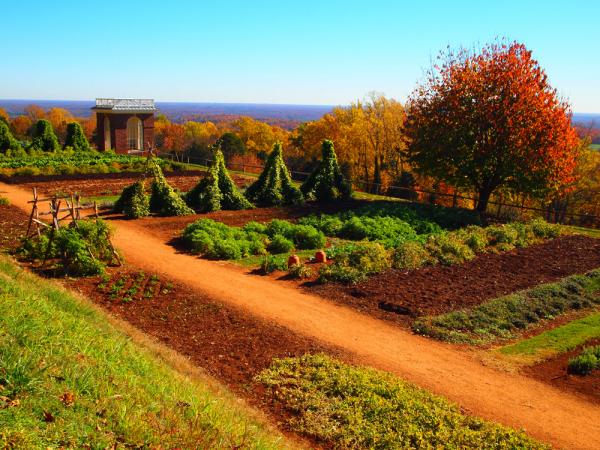
Autumn has always been associated with the harvest. In fact, before the 16th century the term harvest was used to refer to the season. Today, as people have moved away from working the land to working in cities and towns, the term has lost its reference to time of year and come to refer only to the actual activity of reaping.
On a crisp fall day at Thomas Jefferson's Monticello estate in Virginia's Blue Ridge, the season and harvest again seem to become synonymous. Tall dried stalks ripe with corn reach towards the sun, swollen snap-pea pods dangle on the vine, and fat pumpkin and squash overflow their beds in hues of orange, green and brown.
The harvests' full and colorful bounty complements fall colors and seasonal moods. Then and now autumn remains a season of bounty and a celebration of the growing season.
Passage of the seasons
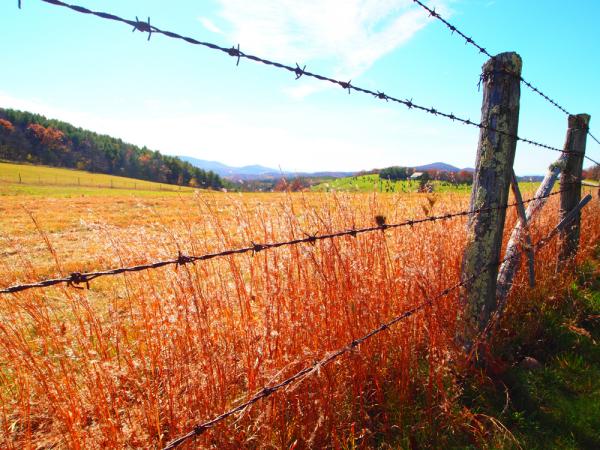
With summer crops reaped and the work of the harvest season over, fall is a time to celebrate and be thankful. Autumn festivals from the Old and New World find expression in modern day holidays like Halloween and Thanksgiving that celebrate this symbolic passing of the season and prepare for winter, the time of fast and repose.
As the sunny, colorful days eventually give way to grey skies and the chill of winter, people, much like the land itself, turn inward, both physically and mentally, to get ready for yet another revolution in the ancient cycle of the seasons.
Fall, like all of the seasons, is guided by the tilt of the Earth's axis around the sun. Rather than being straight, the Earth's axis rotates in oval ellipses around the sun at a 23.5 degree tilt. This tilt in the Earth's axis causes the Northern and Southern Hemispheres to receive different amounts of the sun's energy at different times in their annual migration, resulting in our seasons.
Celebration of fall

"Two roads diverged in a yellow wood, and sorry I could not travel both and be one traveler, long I stood and looked down one as far as I could to where it bent in the undergrowth."
Like a Robert Frost poem come to life, hiking in Virginia's Shenandoah Valley, the sun-dappled fall forest glows in golden light. A yellow wood crisscrossed by rivers, trails and ancient roads cut by pioneers long ago beckons us to follow. Beyond each bend, each nook and cranny of this woodland radiates magic, as if walking through a dream.
As many before me, I've come under the spell of autumn. I know that soon this feeling of wonder will fade like the sun and the season's bright colors will be replaced by brown bare trunks poking through winter snow. But for now I am reveling in the fall season at its best ephemeral and changing, but timelessly enchanted.


